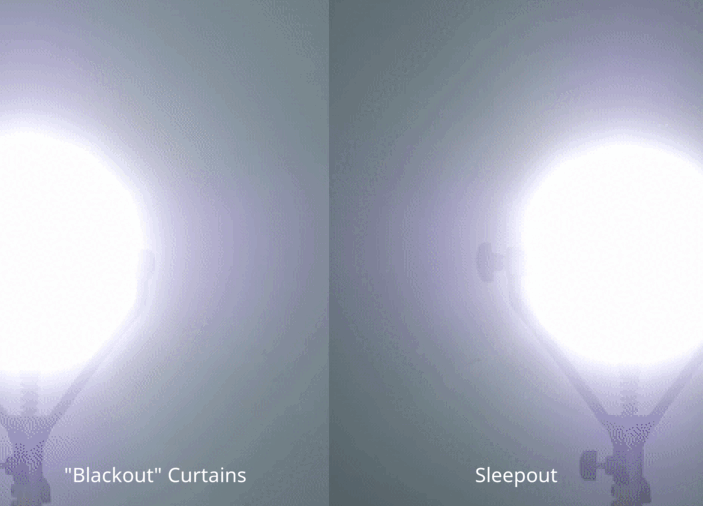As parents, one of the most cherished routines you may have is rocking your baby to sleep. It's a soothing practice that not only comforts your child but also provides a precious bonding moment. However, as your baby grows, you might wonder about the right time to transition them from being rocked to sleep to falling asleep independently. Here's an age-by-age guide to help you decide when to stop rocking your baby to sleep and tips for making the transition smoother.
Newborn to 3 Months
During the first few months, newborns need close contact and comfort. Rocking helps soothe newborns because it mimics the rhythmic movements they experienced in the womb. At this stage, it’s completely appropriate to rock your baby to sleep. Feel free to enjoy these moments of closeness without worrying about creating bad habits, as, during these early weeks, priority should be on establishing feeding and ensuring your baby is gaining weight and growing as expected.
3 to 6 Months
As your baby grows, they start to develop a regular sleep-wake cycle. Although you can continue rocking at this age, it is a good time to start introducing other soothing techniques that encourage sleep. Try to rock your baby until they are drowsy but not fully asleep, and then place them into their crib while they are still awake. This can help your baby begin to self-soothe and learn to fall asleep on their own.
6 to 9 Months
By now, your baby might become more alert and aware of their environment. It's essential to set the stage for good sleep habits and relying less on rocking. You might want to begin reducing the rocking gradually and incorporating consistent bedtime routines involving books, lullabies, or white noise. Stick to these routines rigorously — consistency is critical in helping babies settle into a pattern.
9 to 12 Months
At this age, independence is blossoming, and your baby may show clear signs of wanting to assert it, even at bedtime. They may resist rocking or become too distracted by it. This is an excellent time to transition fully to falling asleep in the crib. Ensure that the sleeping environment is conducive to sleep. Using Sleepout Home Blackout Curtains can create a dark, quiet atmosphere that signals to your baby that it’s time to sleep.

As you make these changes, remember, it might not be smooth sailing every night. Stick to your routines and stay patient — your baby will adjust with time.
12 to 18 Months
During toddlerhood, children strive for independence in many areas of life, including sleep. It’s a good age to encourage toddlers to fall asleep on their own. If you haven't already phased out rocking, do so now. Focus more on a pre-sleep routine that could include a warm bath, stories, and some cuddle time.
18 Months to 2 Years
At this stage, most toddlers should be adept at sleeping independently. If you’re still rocking your child to sleep, it could be more of a comfort or habit for the parent than the child. Gradually adjusting your bedtime routine to phase out rocking is advised. However, always maintain a comforting bedtime routine that supports your child to drift off to sleep peacefully.
2 Years and Beyond
By the age of two, rock your child occasionally, perhaps for comfort after a tough day or illness, but not as a part of the daily bedtime routine. Consistent bedtime rituals, suitable sleeping environments, and clear expectations about bedtime are vital for good sleep habits to continue during childhood.
Tips for Easing the Transition
- Consistency is Key: Whichever changes you decide to make, apply them consistently so your child knows what to expect when it's time to sleep.
- Create an Ideal Sleep Environment: A quiet, dark, and cool environment can help significantly in fostering good sleep. Blackout curtains, such as those from Sleepout, can be very effective in blocking out light and distractions.
- Gradual Adjustments: Slowly reduce the amount of time you spend rocking each night, prolonging the intervals until you place your child in their crib awake.
- Comfort Objects: Introducing a comfort object like a small blanket or a stuffed toy can help make the transition easier for your child.
Remember, every child is different, and so is every parent. Trust your instincts and make adjustments based on what feels right for your family. Transitioning away from rocking to sleep is a significant milestone — embrace it warmly and patiently.

Though it may be bittersweet to see your baby needing you less to fall asleep, fostering independence in sleep not only benefits your child in the long term but also helps you to claim back some well-deserved rest for yourself. By creating the right environment and using tools like blackout curtains from Sleepout, you’re setting the stage for many nights of good sleep for everyone in the family.


